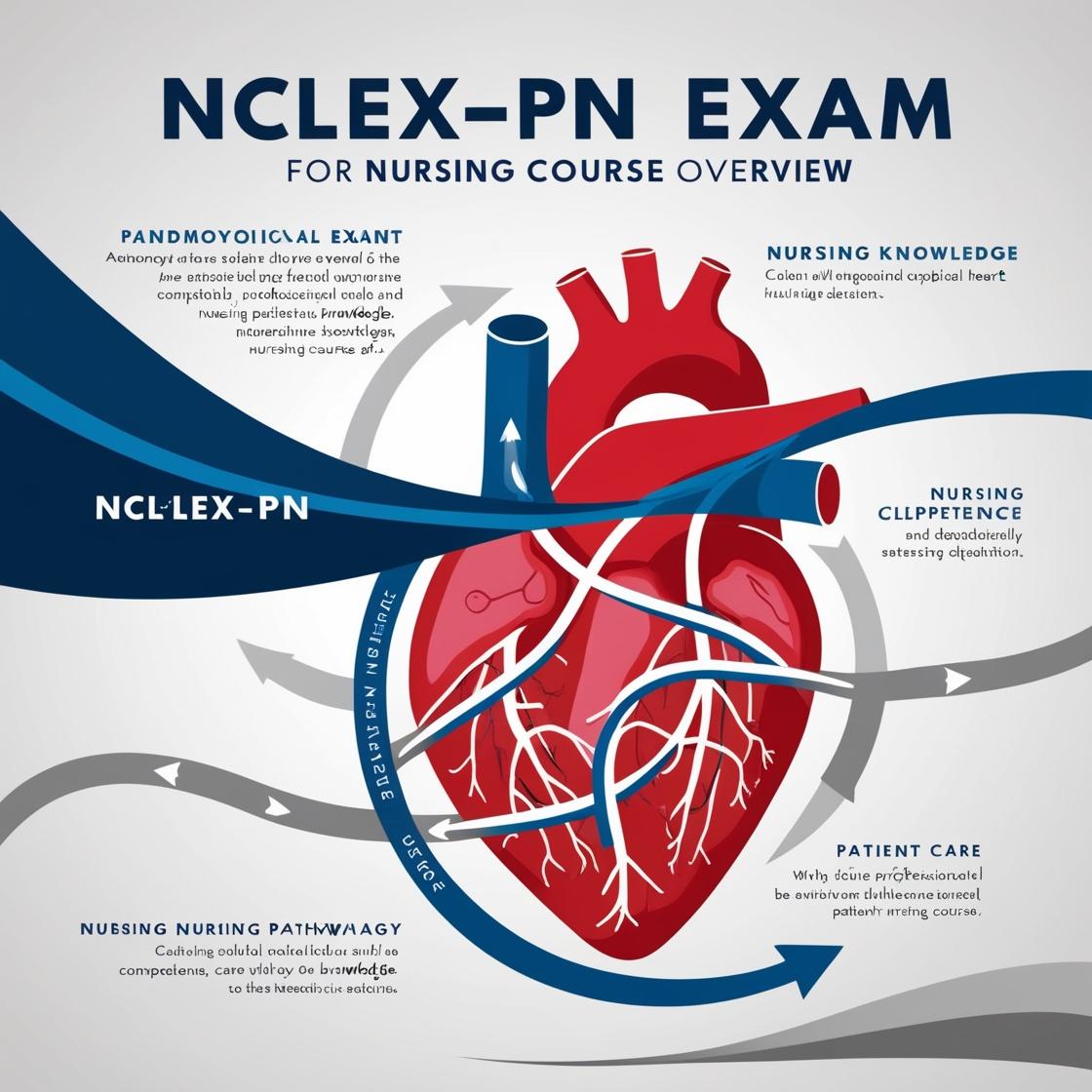NCLEX-PN
Nclex PN Questions and Answers
1. A nurse and a nursing assistant enter a client's room to provide care and find the client lying on the floor. Which action should the nurse take first?
- A. Ask the nursing assistant to complete an incident report
- B. Check the client's level of consciousness and vital signs
- C. Contact the unit secretary on the intercom and ask that the client's health care provider be called
- D. Ask the nursing assistant to assist in getting the client back to bed
Correct answer: B
Rationale: When a client sustains a fall, the nurse must first assess the client. The nurse should check the client's level of consciousness and vital signs to determine the severity of the situation and provide appropriate care promptly. This immediate assessment is crucial in ensuring the client's immediate needs are addressed. Asking the nursing assistant to complete an incident report (choice A) is not the priority as the client's condition needs immediate attention. Contacting the unit secretary to call the client's health care provider (choice C) can be done after the initial assessment has been completed. Asking the nursing assistant to assist in getting the client back to bed (choice D) should only be considered after ensuring the client is stable and safe to move.
2. People-related supervisory tasks include all of the following except:
- A. coaching
- B. encouraging
- C. target setting
- D. rewarding
Correct answer: C
Rationale: People-related supervisory tasks involve direct interaction with individuals performing the work. Coaching, encouraging, rewarding, evaluating, and facilitating are all part of these tasks as they focus on supporting and motivating employees. Target setting, on the other hand, is a task-centered responsibility that involves projecting goals or objectives to be accomplished. It focuses more on setting objectives and goals rather than directly interacting with individuals, making it the exception among the given choices.
3. A client with leukemia is being considered for a bone marrow transplant. The healthcare team is discussing the risks and benefits of this treatment and other possible treatments with the goal of inflicting the least possible harm on the client. Which principle of healthcare ethics is the team practicing?
- A. Fidelity
- B. Nonmaleficence
- C. Autonomy
- D. Justice
Correct answer: B
Rationale: The correct answer is B: Nonmaleficence. Nonmaleficence is the principle of avoiding harm. In healthcare ethics, practitioners aim not only to do good but also to ensure they do no harm. In this scenario, the healthcare team is discussing treatment options with the intention of inflicting the least harm on the client. Choice A, Fidelity, refers to keeping promises made to clients, families, and healthcare professionals. Choice C, Autonomy, pertains to respecting a person's independence and right to make decisions. Choice D, Justice, involves fairness, equity, and the fair allocation of resources, such as healthcare services.
4. The nurse in the emergency room is admitting a client who has sustained a gunshot wound and will require immediate surgery. The client is unconscious and by themselves. Which of the following actions is most appropriate?
- A. Call the charge nurse and request that the facility's legal counsel provide a waiver for informed consent.
- B. Attempt to stabilize the client in the emergency room until they are conscious enough to provide informed consent.
- C. Try to locate the client's family to obtain informed consent before transporting the client to the operating room.
- D. Proceed with transporting the client to the operating room without obtaining informed consent.
Correct answer: D
Rationale: In emergency situations where a client is unconscious and requires immediate surgery to save their life, the priority is to proceed with necessary interventions without delay to ensure the best possible outcome. Obtaining informed consent is essential in healthcare, but in situations where a delay in treatment can be life-threatening, healthcare providers are ethically and legally permitted to proceed with treatment without consent. Attempting to stabilize the client until conscious enough to provide consent or trying to locate family members for consent would cause a dangerous delay in critical care. Therefore, the most appropriate action in this scenario is to transport the unconscious client to the operating room for immediate surgery.
5. During shift change, a nurse is giving report to the oncoming LPN. Which of these is an inappropriate way to give shift report?
- A. The nurse gives report to the oncoming LPN, checking a wound vac and dressing together.
- B. The nurse reports in SBAR format, noting that the client was noncompliant with their diet during the shift.
- C. The nurse reports in the hallway, in SBAR format, and alerts the oncoming LPN about how rude the client was throughout the shift.
- D. The nurse reports at bedside with the oncoming LPN and discusses the client's concerns after the chart has been reviewed.
Correct answer: C
Rationale: The correct answer is 'The nurse reports in the hallway, in SBAR format, and alerts the oncoming LPN about how rude the client was throughout the shift.' This choice is inappropriate because shift report should be given at the bedside, in SBAR format, and in an objective way. It is important to maintain professionalism and focus on the client's condition and care needs, rather than personal opinions or subjective comments. Reporting in the hallway may compromise patient privacy and confidentiality. Choices A, B, and D demonstrate appropriate ways of giving shift report by focusing on relevant information, using SBAR format, and discussing client concerns after reviewing the chart, which promotes effective communication and continuity of care.
Similar Questions

Access More Features
NCLEX PN Basic
$69.99/ 30 days
- 5,000 Questions with answers
- Comprehensive NCLEX coverage
- 30 days access @ $69.99
NCLEX PN Premium
$149.99/ 90 days
- 5,000 Questions with answers
- Comprehensive NCLEX coverage
- 30 days access @ $149.99
